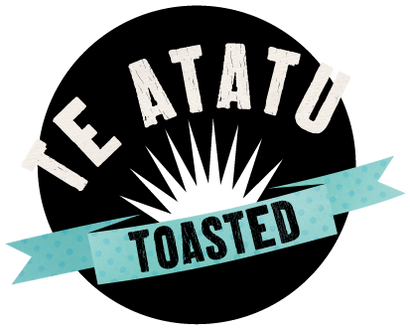Your Cart is Empty

How to read a food nutrition label
April 12, 2024
Trying to work out what foods are good for you, compared with those that are less healthy, can be baffling. Many of the declarations on packaging are vague or meaningless; for instance a food company can declare their product is natural and there is no criteria they have to meet, so essentially this can be put on anything.
The best way to understand what you are eating is to learn how to read a food label. In New Zealand almost all packaged foods must have a nutritional label - the only exceptions to this are foods considered to have no significant food value, such as simple herbs, coffee and tea. This label must include all the ingredients in the food and a breakdown of the nutritional information of the product.
Here's some tips for reading and understanding food nutrition labels.
The Nutrition Panel
The nutrition information panel (or NIP for short) must list how much of the following nutrients are present per 100grams and per serve.
| Energy (kilojoules) |
| Protein (grams) |
| Total Fat (grams) |
| Saturated Fat (grams) |
| Carbohydrates (grams) |
| Sugars (grams) |
| Sodium (milligrams) |
It is not mandatory to list dietary fibre but it is really helpful when it is listed.
Pay attention to the recommended serving size, if you are consuming more (or less), you need to factor that in.
The Ingredients
The ingredients are listed in the order of volume, so the first ingredient will be the major ingredient. Take note, like ingredients can be grouped together or split up ingredients. Thant means it can look like there is more (or less) of a particular ingredient than there is. A good example of this is often nuts are grouped together (and so are higher up the ingredients list) so it can look like there is more and sugars can be split up (so further down the ingredient list) so it can look like there is less. A good idea is counting how many times a sugar ingredient is listed in its various forms.
1.)Some ingredients are listed with a bracketed number. Download the E-Codes app on your phone – it’s free and if you enter the number, it will tell you exactly what the ingredient is.
2.)Food manufacturers also must declare any additives in ingredients. Many dried fruits have sulphites or sugars added so that must be declared in brackets - for example apricots (sulphites), cranberries (sugar).
3.) Listing natural flavours and natural colours is (in my opinion), a little misleading. It is not the actual food flavour but more a collection of “natural” essences or chemicals put together to mimic specific flavours.
Allergen Declaration Requirements
Allergen declaration rules have changed recently. As we make new batches of each of our cereal blends, you will notice a slight change in the labels. The following ingredients are recognised as allergens Egg, Peanuts, Animal milks, Soy, Sesame, Lupin, Barley, Oat, Rye, Wheat, Fish, Crustacean, Mollusca, Sulphites, Almonds, Brazil nuts, Cashews, Hazelnuts, Macadamias, Pecans, Pine nuts, Pistachios and Walnuts.
The changes are:
1.)These ingredients must be listed in bold font in the ingredients list.
2.)There also needs to be a separate statement listing the allergens present in the food product. Example: Contains: Soy, Egg
Packaging Claims
Take note of claims on food packaging. Some claims, such as low sugar, high protein, need to meet specific food labelling criteria to comply. Other claims, such as natural or wholegrain, have no criteria to meet and while they may seem to indicate this food is a healthy option, they essentially mean nothing except good marketing. Claims like natural or even whole grains that have no criteria can be misleading.
Other requirements
Food labels must also include the manufacturer's name and contact details. Somewhere on the packaging there must be a use by or best before date. Food products that need to be eaten by a certain date or they may pose a food safety risk, such as food poisoning, will have a use by date. Foods where the quality may be compromised but they are still safe to eat will use a best before date.
Reading labels takes practice and time but if you learn how to read labels and start reading the labels, particularly of foods you consume regularly, it can help you make more informed and healthier decisions for you and your family.
You can find the nutrition information for each of our cereal blends on the links below:
Original Blend, Healthy Blend, Gluten Free Blend, Paleo Blend, Coco Crunchies
